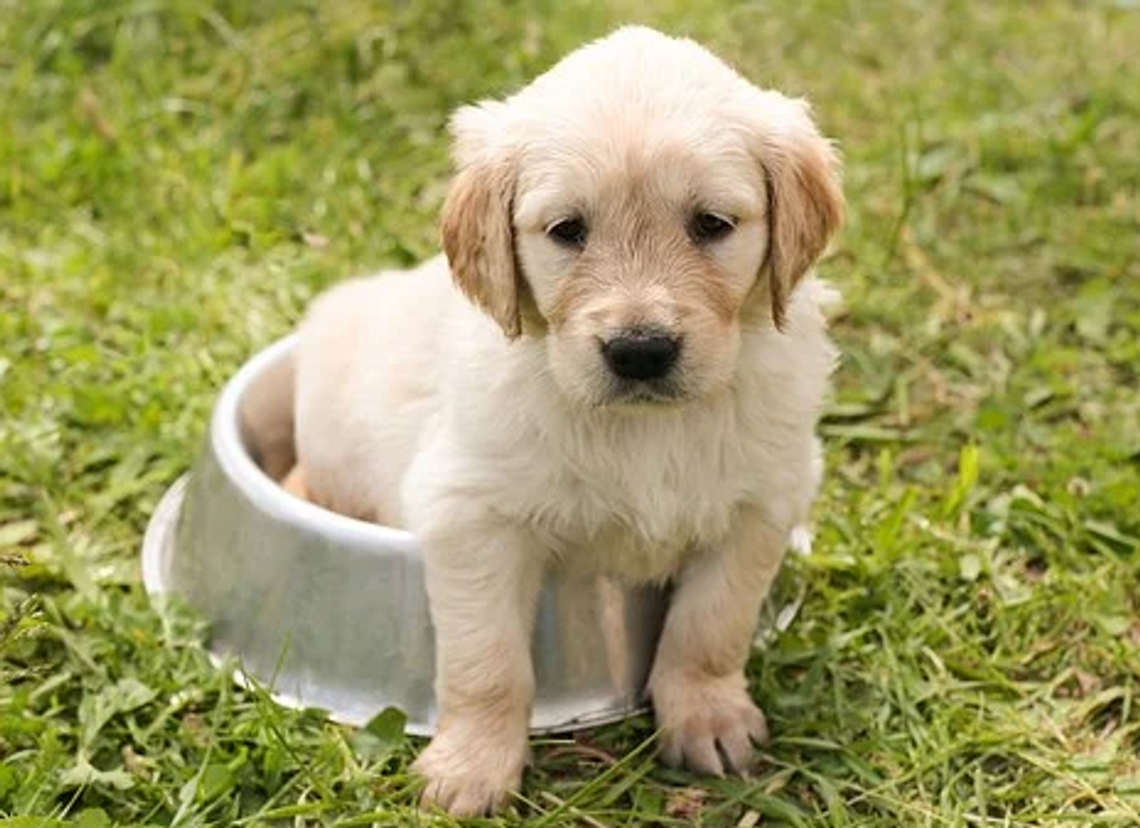You don’t have to be a lover of animals to bring a furry buddy into your home. Owning a pet is fun and downright fulfilling, especially since the sweet innocent soul keeps your company and gives you a sense of purpose. Having a pet can motivate you to exercise and chase your fitness goals harder since you’ll need to ensure they get regular exercise to keep them healthy. Most importantly, you’ll need to feed your pooch well to ensure they stay strong and lead a healthy lifestyle. As a loving parent, the bond and attachment between the two of you will be so strong and the last thing you’ll want is for your pet to fall sick due to poor nutrition. You’ll also not want your furry friend to grow fat and heavy such that all he or she can do is laze around the house gazing at you with those round innocent eyes. You’ll also not want to feed your dog anything that can hurt him or her.
Here are some tips on how to carefully pick the food for your puppy.
1. Know Your Dog’s Nutritional Needs
Just like humans, pets have their own nutritional needs. They need a specific number of calories each day, for instance, to fuel them with enough energy for the day’s activities. But one thing to note is that different dogs will have different nutritional needs depending on various factors. Before buying your puppy any meal, some factors you’ll want to consider include the breed, activity level, age, weight, and gender. Most importantly, you’ll need to consider the number of calories in the food to avoid ending up with an obese pooch.
More often than not, young, highly active, and lactating puppies may need more calories than the larger and older ones. Also, different breeds feed on different kibble sizes, making it important to ensure you feed your pup with the appropriate portion sizes. Additionally, as you’ll discover from this informational article, there are certain foods that dogs can’t eat. Some of these may include avocado, apple seeds, some nuts, grapes, and raisins. These foods contain ingredients such as citric acid, persin, and amygdalin, which can have negative effects on your dog, ranging from mild stomach upsets to toxic effects. It’s best to consult your vet about your dog’s diet from the moment you bring the canine friend home.
2. Sourcing the Food
It is important to buy your puppy’s food either from the veterinarian’s office or a vet store. This is what responsible pet parents do. Most vets will ask for your dog details (age, weight, gender, etc.), and from there, they can tell the ingredients and nutrition your dog needs. The vet can always work around your budget to give you what your puppy needs. They can also offer you various dog meal options that you can choose from, ensuring that food transition won’t mess up with your pup’s digestion.
3. Know Your Puppy’s Health Condition
Just like humans, the guys on fours have health conditions of concern. The best way to find out if your pet has a preexisting condition that requires a special diet is by having them checked at the vet’s office. It is important to take your dog to the vet for general checkups, where the vet can provide you with advice on what to feed your pooch based on her health conditions. For instance, animals with joint problems will be fed on with calcium-based feeds while those with obesity will need to take foods low in calories.
4. Read the Ingredients
When doing home parties, most people leave leftover food to the dog. They are omnivorous, so they are flexible with meals, but they are known for their love for meat and bones. However, not all dogs will be choosy, especially at a young age. Additionally, such food could easily be contaminated, leaving your dog sick. When shopping for a dog meal, ensure you get a protein-based meal. But does your dog have food allergies? In rare instances, you will find a dog with a meat allergy. All the same, read the label to know the ingredients a meal contains and the health benefits it will have on your dog.
5. Consider the Food Type
If you’ve owned the puppy for a while, it is easier for you to know whether he loves dry or wet food. Wet food is recommended if your puppy has a problem with taking water or finds it hard chewing dry food. On the other hand, some dogs can be a bit messy with wet food, making dry food a better alternative. At the end of the day, however, it depends on what benefits your pooch best!
If you have a canine friend at home, feeding, washing, grooming, and taking them to the vet should be part of your routine. It’s the best way to live a fulfilling life as a pet parent. With the few tips above, choosing a healthy, decent meal for your puppy becomes a less daunting task.


Comment
Comments